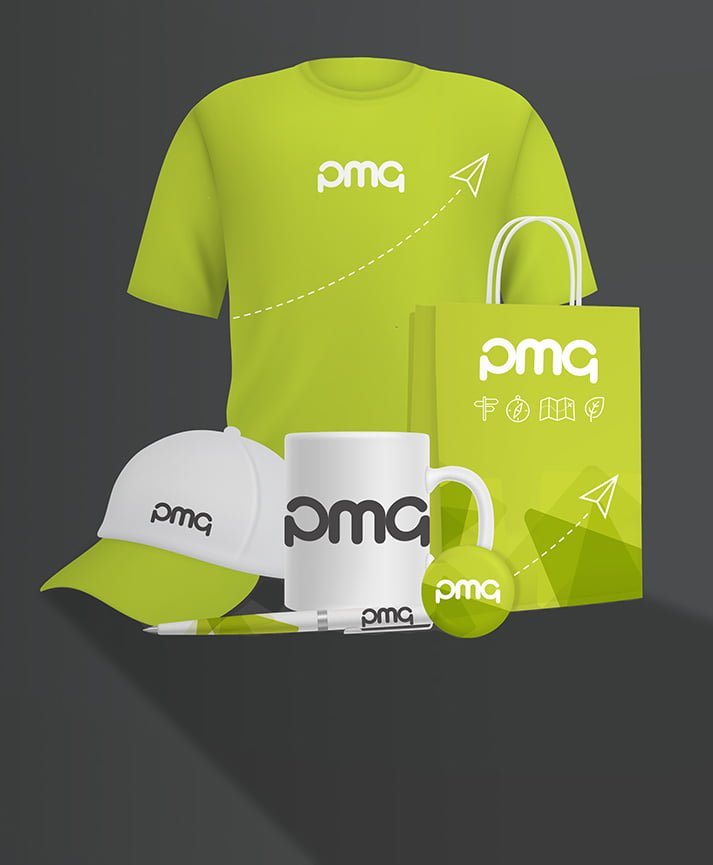
It’s likely you’ve heard about colour psychology even if you don’t work in marketing. You know, red is fiery and passionate, blue is calming, green evokes nature and new beginnings. (If you haven’t heard about it, and want to read more, our latest PMG blog gives you a brief insight into the colour green and the various theories about its impact.)
But is colour psychology a load of old cobblers made up by designers and so-called experts to convince us that their way is the right one, or is there any science to back it up?
Colour theory – what are designers trying to convince you about?
When designing any document, or coming up with a brand palette, designers aren’t just working on instinct – or so they’ll tell you.
They will be looking for colours which work together, which give a sense of the brand they need to represent, and which will help convey the information you’re trying to get across to the audience.
For designers, it’s not a case of “I like blue, so I’ll make everything blue today!” They have to balance many other factors to come up with a colour scheme that will contribute to the piece of collateral being successful.
This might feel like making things pretty, but there’s actually a lot more to it than that. Designers who are experts at designing for print (and that’s not all of them, by any means!) also need to think about which method will be used to print the flyer, leaflet or brochure, and whether that method can effectively reproduce the colours they want to use.
So what science is there to back up the designers’ assertions about the impact of colour?
Actual research on colour impacts
There’s been a huge amount of real, scientific research into the impact of colour (you know, the kind of studies that need approval and supervision by experts, not just a bunch of online surveys).
As early as 1810, Johann Goethe published his book, The Theory of Colours, giving his view of how colours are perceived by humans, giving us the theory of emotional response to colour. Goethe was a poet, so the book contains his opinions and observations, rather than anything we can scientifically rely on.
Since then, however, proper scientists have gone on to investigate whether colour really does have an impact. In 1950, Faber Birren proposed that colour can have an impact on arousal (the opposite of boredom in this context!) with warm colours having more of an effect that cool ones. Birren’s work was complemented in 1983 by a study by Greene et al which confirmed that warm colours did indeed increase arousal, compared to cool colours. An increase in arousal has also been shown (by Wolters and Goudsmit in 2005) to improve memory.
But much of the research done around colour has been limited, as this 2015 analysis of the available literature makes clear.
So are designers selling us snake oil when they talk about colour psychology? Are the supposed effects real, or just a product of conditioning? (If we’ve been told since childhood that red means anger and passion, we have probably absorbed that theory as fact, even if it is unproven!) The answer seems to be that we still don’t really know – as is so often the way with scientific research you can find papers which support either side of the coin. (If you ask a bunch of scientists about the current pandemic you’ll get a range of views, not one agreed position.)
Whatever side of the debate you come down on, what’s for certain is that colour is an important part of design and print. And to make the best use of it you need the experts on your side. Know any?
















































